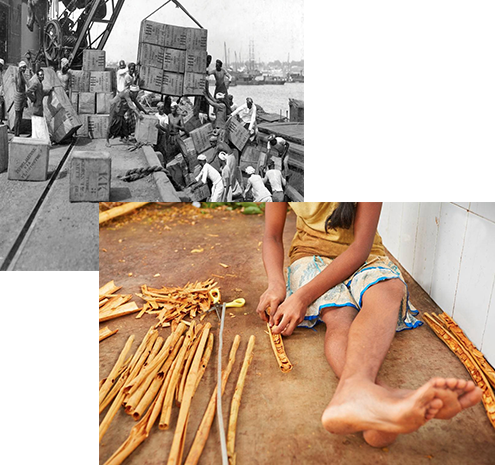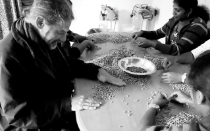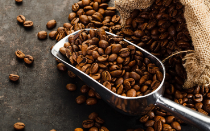1740 – 1815
The first attempt at systematic cultivation of coffee was undertaken by the Dutch in 1740. It was initiated by Governor Baron van Imhoff and his successors; van Gollenesse and Loten. The Dutch experiments made the Islanders aware of the commercial value of coffee and cultivated it in small quantities in ‘home gardens’ to supply the Colombo bazaars.
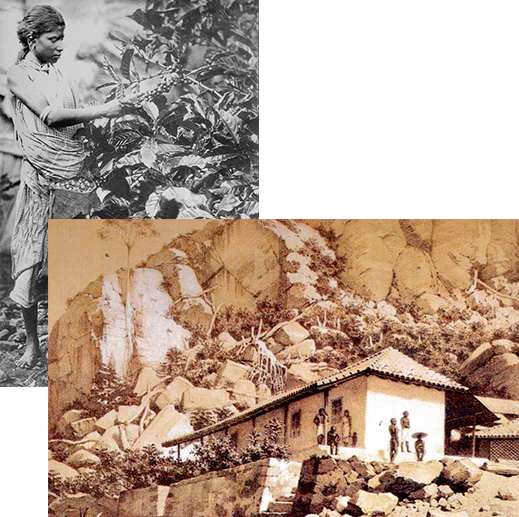
1815
The British, who first arrived on the island in 1796 and took control in 1815, continued to experiment with coffee production. The first to successfully grow coffee on a commercial scale was George Bird, who established a coffee plantation in Singhapitiya.
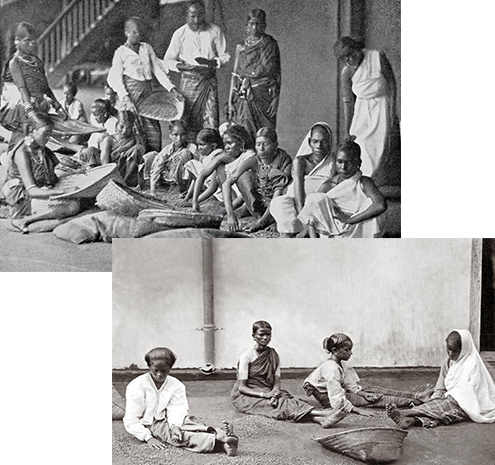
1830
At the initiative of the British colonial administration, Sri Lanka experimented with coffee as a plantation crop in the 1830s. By 1860, Sri Lanka, Brazil and Indonesia, were the three largest coffee-producing countries in the world. In 1869, the coffee industry was still thriving in Ceylon, but shortly afterwards, coffee plantations were devastated by the fungal disease Hemileia vastatrix, also known as coffee leaf rust (CLR), affecting not only Sri Lanka but other areas in Asia over the next 20 years.
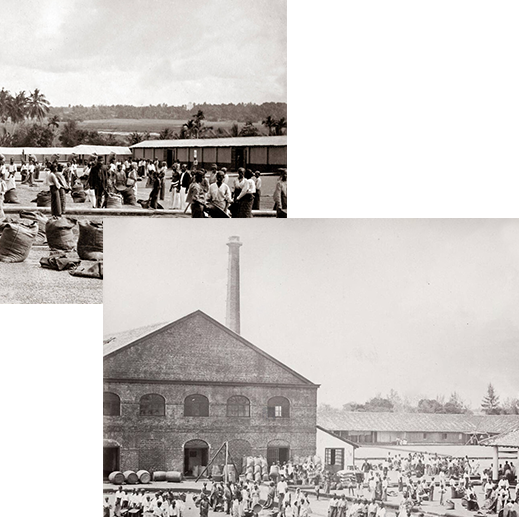
2019
Both arabica Coffee and Robusta coffee are currently cultivated in Sri Lanka. Arabica coffee is grown in the central highlands and Robusta is from lowlands of Sri Lanka. Currently there is a high demand for Ceylon coffee and as of 2019, Sri Lanka was the 35th largest coffee producer in the world.
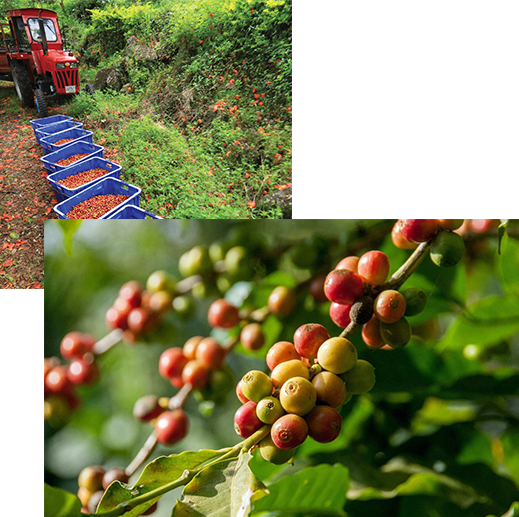
1518
Portuguese traders finally landed in then Ceylon (Sri Lanka) at the beginning of the 16th century and restructured the traditional production and management of cinnamon by the locals, who later held the monopoly for cinnamon in Ceylon. The Portuguese established a fort on the island in 1518 and protected their own monopoly for over a hundred years.
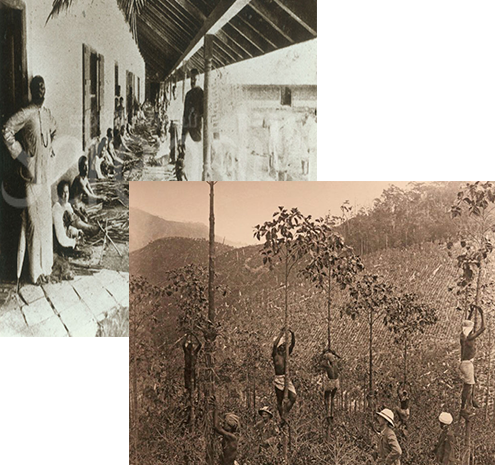
1640
Dutch traders finally dislodged the Portuguese by allying with the Kingdom of Kandy. They established a trading post in 1638 and took control of the factories by 1640. The Dutch East India Company continued to overhaul the methods of harvesting in the wild and eventually began to cultivate its own Cinnamon trees.
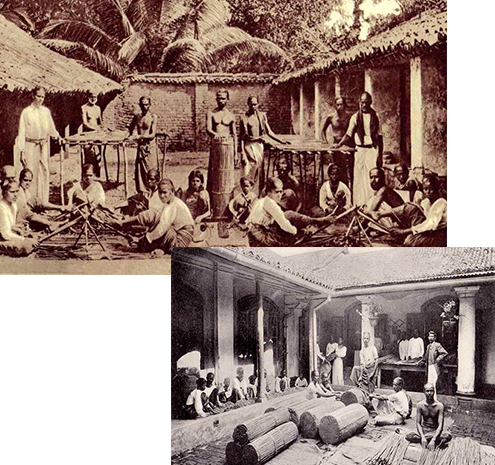
1796
After the British gained control of the island from the Dutch in 1796, they continued the state monopoly of the cinnamon trade, which had been introduced by their predecessors. Currently, the majority of the cinnamon cultivation is concentrated on the coastal belt from Negombo to Matara and is centrally located in the Kalutara, Ratnapura area. Today, the world has come to appreciate and love the purest form of Cinnamon that originates from Sri Lanka, as it contains many anti-inflammatories, antioxidant, and antimicrobial effects which supports your immune health.
